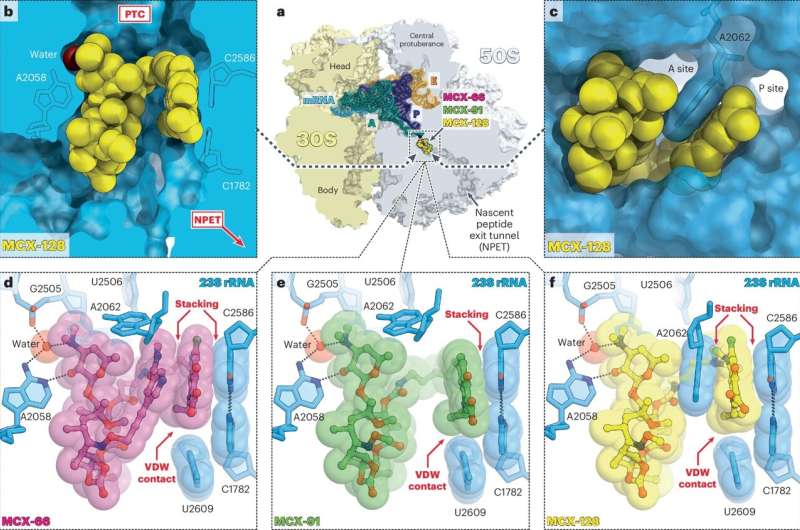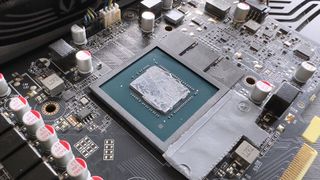[…] EFF colleague, Katitza Rodriguez, about the Cybercrime Treaty, which is about to pass, and which is, to put it mildly, terrifying:
Look, cybercrime is a real thing, from pig butchering to ransomware, and there’s real, global harms that can be attributed to it. Cybercrime is transnational, making it hard for cops in any one jurisdiction to handle it. So there’s a reason to think about formal international standards for fighting cybercrime.
But that’s not what’s in the Cybercrime Treaty.
Here’s a quick sketch of the significant defects in the Cybercrime Treaty.
The treaty has an extremely loose definition of cybercrime, and that looseness is deliberate. In authoritarian states like China and Russia (whose delegations are the driving force behind this treaty), “cybercrime” has come to mean “anything the government disfavors, if you do it with a computer.” “Cybercrime” can mean online criticism of the government, or professions of religious belief, or material supporting LGBTQ rights.
Nations that sign up to the Cybercrime Treaty will be obliged to help other nations fight “cybercrime” – however those nations define it. They’ll be required to provide surveillance data – for example, by forcing online services within their borders to cough up their users’ private data, or even to pressure employees to install back-doors in their systems for ongoing monitoring.
These obligations to aid in surveillance are mandatory, but much of the Cybercrime Treaty is optional. What’s optional? The human rights safeguards. Member states “should” or “may” create standards for legality, necessity, proportionality, non-discrimination, and legitimate purpose. But even if they do, the treaty can oblige them to assist in surveillance orders that originate with other states that decided not to create these standards.
When that happens, the citizens of the affected states may never find out about it. There are eight articles in the treaty that establish obligations for indefinite secrecy regarding surveillance undertaken on behalf of other signatories. That means that your government may be asked to spy on you and the people you love, they may order employees of tech companies to backdoor your account and devices, and that fact will remain secret forever. Forget challenging these sneak-and-peek orders in court – you won’t even know about them:
Now here’s the kicker: while this treaty creates broad powers to fight things governments dislike, simply by branding them “cybercrime,” it actually undermines the fight against cybercrime itself. Most cybercrime involves exploiting security defects in devices and services – think of ransomware attacks – and the Cybercrime Treaty endangers the security researchers who point out these defects, creating grave criminal liability for the people we rely on to warn us when the tech vendors we rely upon have put us at risk.
[…]
When it comes to warnings about the defects in their own products, corporations have an irreconcilable conflict of interest. Time and again, we’ve seen corporations rationalize their way into suppressing or ignoring bug reports. Sometimes, they simply delay the warning until they’ve concluded a merger or secured a board vote on executive compensation.
Sometimes, they decide that a bug is really a feature
Note: Responsible disclosure is something people should really “get” by now.
[…]
The idea that users are safer when bugs are kept secret is called “security through obscurity” and no one believes in it – except corporate executives
[…]
The spy agencies have an official doctrine defending this reckless practice: they call it “NOBUS,” which stands for “No One But Us.” As in: “No one but us is smart enough to find these bugs, so we can keep them secret and use them attack our adversaries, without worrying about those adversaries using them to attack the people we are sworn to protect.”
NOBUS is empirically wrong.
[…]
The leak of these cyberweapons didn’t just provide raw material for the world’s cybercriminals, it also provided data for researchers. A study of CIA and NSA NOBUS defects found that there was a one-in-five chance of a bug that had been hoarded by a spy agency being independently discovered by a criminal, weaponized, and released into the wild.
[…]
A Cybercrime Treaty is a good idea, and even this Cybercrime Treaty could be salvaged. The member-states have it in their power to accept proposed revisions that would protect human rights and security researchers, narrow the definition of “cybercrime,” and mandate transparency. They could establish member states’ powers to refuse illegitimate requests from other countries:


